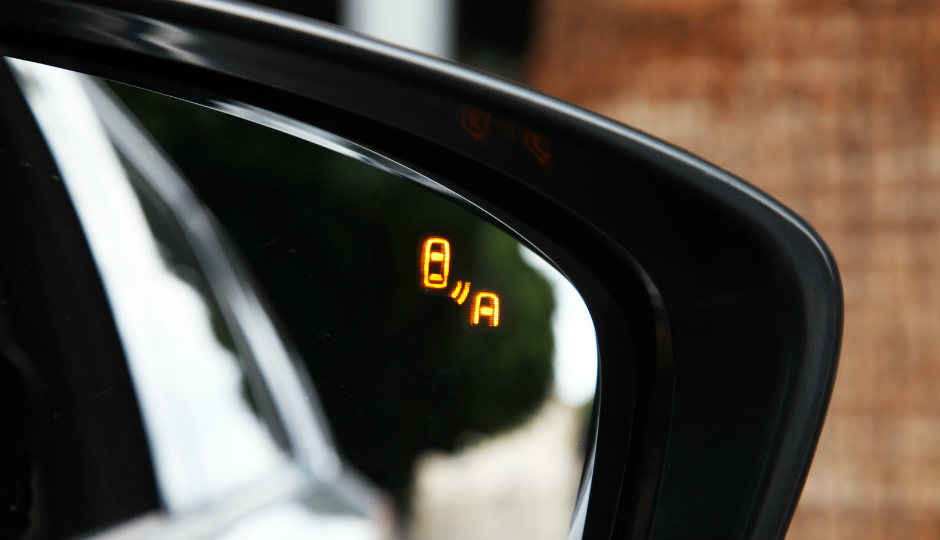Exactly how much safer can roads become, with smarter cars?

We're talking about lane assistance, pedestrian detection, blind spot monitoring, proximity control, adaptive seat belts, fatigue detection systems, and a lot more.
That cars have become much smarter than before is no breaking news. With the advent of well equipped infotainment systems, automakers have steadily included more technology in cars, a lot of which have also been put to use in the safety aspects. Take for instance elements like adaptive cruise control, lane keeping and switching assistance, blind spot monitoring, front and rear traffic alert systems and the likes, and you get the basis of what is going to make the autonomous cars of our future. The question, as such, is that with all of these systems working together, exactly how much safer will our roads be?
Singling out the elements
The Insurance Institute for Highway Safety (IIHS), USA has singled out two particular advanced systems, equipped in more and more cars of late, as key nodes of increasing car safety. These two systems are blind spot monitoring, and lane keeping/departure assistance. Taken together, studies conducted by the non-profit IIHS involved vehicles in which blind spot monitoring and lane altering assistance were standard or optional inclusions.
Data collated from police collision records over six years across USA showed that in cars that were equipped and activated with lane keeping and changing assistance, the rate of accidents and injuries were lesser by as much as 21 percent. The staggering impact figure was found in terms of fatalities, which were reduced by a whopping 86 percent in the more tech-equipped cars.
The IIHS followed the same analysis for blind spot monitoring-enabled cars, and obtained 23 percent lesser accidents and inflicted injuries than cars that were not equipped with the same. Translating these percentages and statistics into real life figures, the IIHS estimates that a total of 50,000 lives, which are lost on the road due to varying reasons, could be saved each year.
Plausible India estimates
The roads in USA are very different from the Indian ones. In India, some of the biggest problems include a certain disregard for road rules, lack of clear road signs, loosely implemented penalties and difficult roads themselves, which make for a very different scenario. However, if we are to take an educated guess, the advent of these technologies in more mainstream cars (and not just the luxury ones) may actually improve accident and fatality rates quite drastically.
More cars equipped with such features will not only lead to drivers maturing gradually, but also give a certain level of machine-induced restraints, beyond which a certain car may not go even when pushed manually. It is here that pedestrian detection and adaptive cruise control systems will come into play, with elements like autonomous emergency braking and automatic steering control will take charge to stop ahead of fatal injuries.
While putting a number on the potential scale of lives to be saved is impossible right now, this is what India’s roads need right now. With smarter cars, our roads may not just be significantly safer, but also introduce a wider acceptance of road rules and norms in India.




